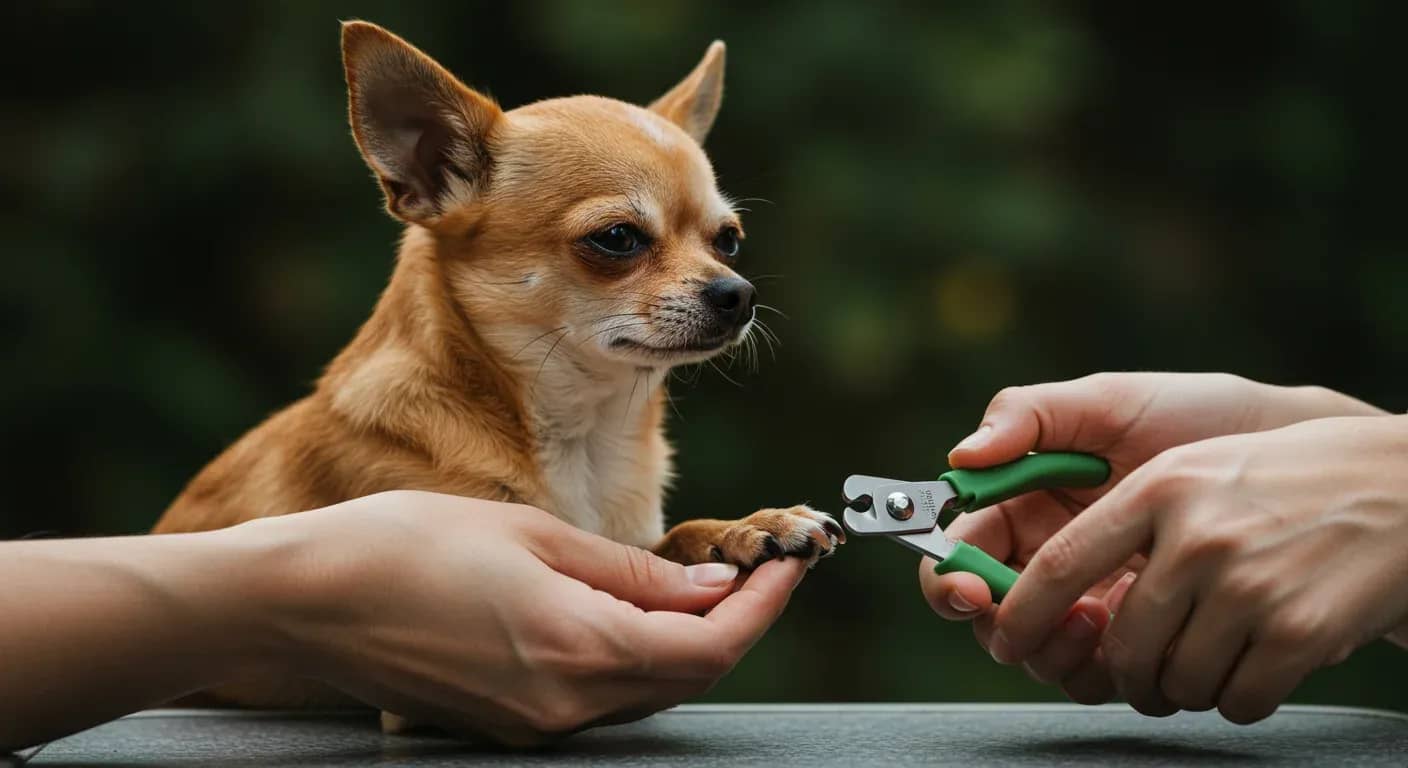At a glance
- Staffordshire Bull Terriers combine a tough, courageous nature with gentle, loving dispositions, especially toward children
- These dogs are highly people-oriented and form incredibly strong bonds with their families, thriving on human companionship
- Daily vigorous exercise and mental stimulation are essential to prevent boredom-related destructive behaviours
- Early socialisation and positive reinforcement training help manage their natural stubbornness and potential dog reactivity
The affectionate powerhouse personality
You might notice your Staffordshire Bull Terrier following you from room to room, seeking constant contact and attention. This isn't clinginess. It's their fundamental nature as people-oriented dogs who genuinely thrive on human companionship.
These dogs form remarkably strong bonds with their owners, often becoming devoted family members who seem to understand household routines and emotions. Their affectionate nature extends particularly well to children when properly supervised, earning them the historical nickname "nanny dogs." This gentle disposition with family members contrasts beautifully with their naturally alert and curious temperament toward the outside world.
Many Staffordshire Bull Terrier owners find their dogs are excellent judges of character, remaining friendly with welcomed visitors while staying appropriately watchful of strangers. They'll typically alert you to unusual activity without becoming unnecessarily aggressive, making them reliable family guardians.
Energy levels and exercise needs

Have you wondered why your dog seems to have endless energy even after a long walk? Staffordshire Bull Terriers are naturally energetic and playful dogs who require substantial daily activity to maintain good behaviour and mental health.
Research shows these dogs need at least 60 minutes of physical activity daily, including walks, fetch sessions, or agility games. Without adequate exercise, you'll likely see boredom-related behaviours emerge within days. Destructive chewing, excessive barking, or hyperactive indoor behaviour often signals insufficient physical outlet.
The solution involves combining vigorous exercise with mental stimulation. Interactive puzzle feeders like the Outward Hound Nina Ottosson series or KONG Wobbler can provide mental challenges during mealtime. Most owners see immediate improvements in behaviour when they increase both physical activity and mental engagement, with lasting changes typically developing within weeks of consistent routine.
Intelligence and training characteristics
When it comes to training Staffordshire Bull Terriers, their intelligence works both for and against you. These dogs learn quickly and are genuinely eager to please, but they also possess a stubborn streak that can challenge even experienced owners.
Their independent nature means they'll sometimes test boundaries or selectively ignore commands they find inconvenient. This behaviour, often mistaken for defiance, actually reflects their tenacious personality trait. The key lies in consistent, patient positive reinforcement rather than harsh corrections, which typically increase resistance.
Short, frequent training sessions work better than lengthy ones. Most Staffies respond well to high-value treats like Zuke's Mini Naturals or Blue Buffalo Blue Bits, combined with enthusiastic praise. You'll likely see initial progress within the first week of consistent training, though lasting behavioural changes typically require weeks to months of regular practice.
Managing stubbornness and strong-willed behaviour
Many Staffordshire Bull Terrier owners worry when their dog suddenly seems to "forget" previously learned commands or becomes selectively deaf during training sessions. This stubborn streak is completely normal for the breed and reflects their determined, tenacious nature rather than lack of intelligence.
The most effective approach involves maintaining firm but gentle consistency. Avoid power struggles, which these strong-willed dogs often view as challenges to win. Instead, make training rewarding and engaging. A training clicker can help mark desired behaviours precisely, making your expectations clearer.
Sometimes the breakthrough comes after weeks of seemingly little progress, then suddenly clicks into place. Patience during this process is crucial, as harsh corrections typically damage the trust relationship and increase stubborn responses.
Socialisation and dog reactivity concerns

You might notice your Staffordshire Bull Terrier showing different reactions to unfamiliar dogs compared to their loving behaviour with family. Some Staffies develop dog reactivity, displaying growling, lunging, or intense focus toward other dogs during walks or social situations.
Early and ongoing socialisation helps prevent this tendency from developing into problematic behaviour. Puppy training classes and regular controlled social outings expose young dogs to diverse experiences when they're most adaptable. However, even adult dogs can benefit from careful socialisation programs.
If your dog shows signs of reactivity, controlled exposure and desensitisation techniques can help reduce this behaviour over several weeks to months. Professional trainers or veterinary behaviourists often provide the most effective guidance for managing dog reactivity, as the specific approach depends on your individual dog's triggers and intensity levels.
Common behavioural challenges and solutions
Understanding typical Staffordshire Bull Terrier challenges helps you address issues before they become entrenched habits. Separation anxiety often develops due to their strong attachment to family members and can manifest as destructive behaviour, excessive barking, or withdrawal when left alone.
Gradual desensitisation helps build independence. Start with very short departures, gradually increasing duration as your dog becomes comfortable. Crate training provides security for many dogs, while interactive toys like KONG Classic stuffed with treats can occupy their attention during alone time.
For persistent separation anxiety or other behavioural concerns that don't improve with consistent training, consulting your veterinarian helps rule out medical causes. Sometimes underlying health issues contribute to behavioural changes, making professional evaluation important for comprehensive treatment.
Watch for signs of stress such as excessive panting, destructive chewing, or changes in appetite. These dogs are generally resilient, but they communicate discomfort through behaviour changes that attentive owners can learn to recognise and address promptly.
Building a strong relationship with your Staffie
The foundation of successful Staffordshire Bull Terrier ownership lies in understanding their need for both physical activity and emotional connection. These dogs genuinely want to please their families but need clear, consistent guidance to channel their energy and intelligence positively.
Regular veterinary check-ups help maintain both physical and behavioural health, as medical issues sometimes manifest as behaviour problems. A sturdy harness like the Ruffwear Front Range helps manage their strength during walks while protecting their neck and throat.
With proper care, socialisation, and training, these dogs become loyal, loving companions known for their gentle nature with people, especially children. Their combination of courage, intelligence, and devotion makes them remarkable family members when their needs are understood and met consistently.



